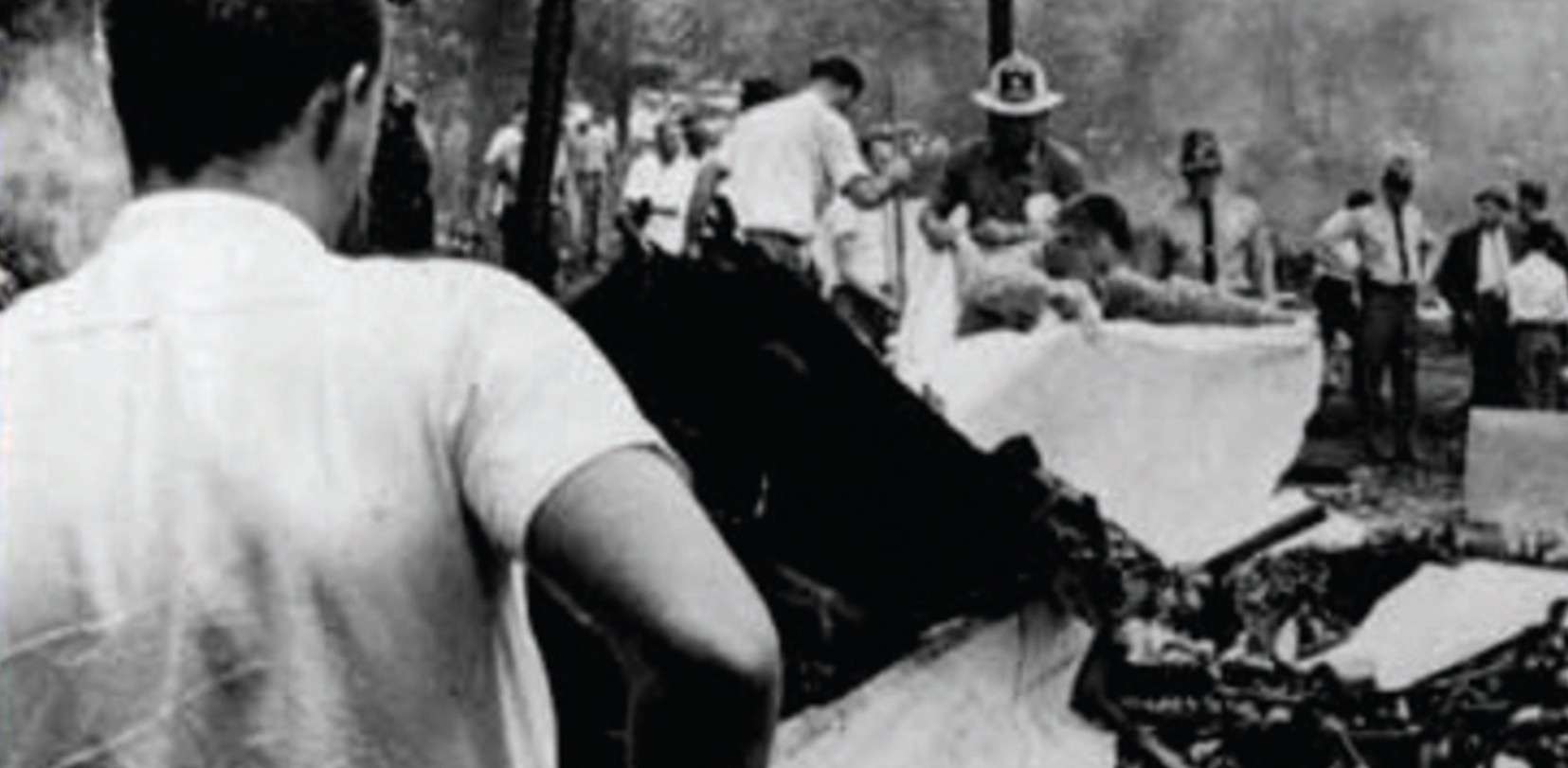SPECIAL: The Roaring ‘20’s in Hendersonville – Part 1
Prelude
As we head into the 21st Century version of the Roaring ‘20’s, I thought it would be worth a look back to see how things were a century ago in Hendersonville.
The Roaring ‘20’s in the sleepy town of Hendersonville was a time of growth and prosperity for the townspeople but with that came other problems associated with much bigger cities. Illegal alcohol sales and consumption brought about by the 18th Amendment and Prohibition, gambling that came in the form of slot machines, and automobiles that were speeding through town were just a few of the problems that had to be addressed.
The population reacted in predictable ways. Blockade distilleries were commonplace in rural areas of Henderson County and had been since the formation of the county in the late 1830’s. The federal government had started looking at a tax on whiskey since the late 18th century as a means of paying down some of the national debt. What became known as moonshine wasn’t illegal until after the Civil War.
Although the Prohibition Act did not go into effect until 1920 in the United States, North Carolina enacted their own Prohibition Act in 1909 driving the blockade distilleries further underground. An area on Main Street in Hendersonville developed in the 1920’s that became known as “Underground Hendersonville.”
Underground Hendersonville received that name more as a result of the businesses were located below street level rather than because of some of the shady businesses that came to occupy it later in that decade.
It was well known that a lot of people in Henderson County made their own alcohol whether it was for personal consumption or for sale and the government agents in charge of tracking down these illegal distilleries became known as “revenuers.”
The battle lines were drawn between federal and state government, city officials and local law enforcement versus the citizens that ran the blockade distilleries as the decade of the 1920’s developed.







